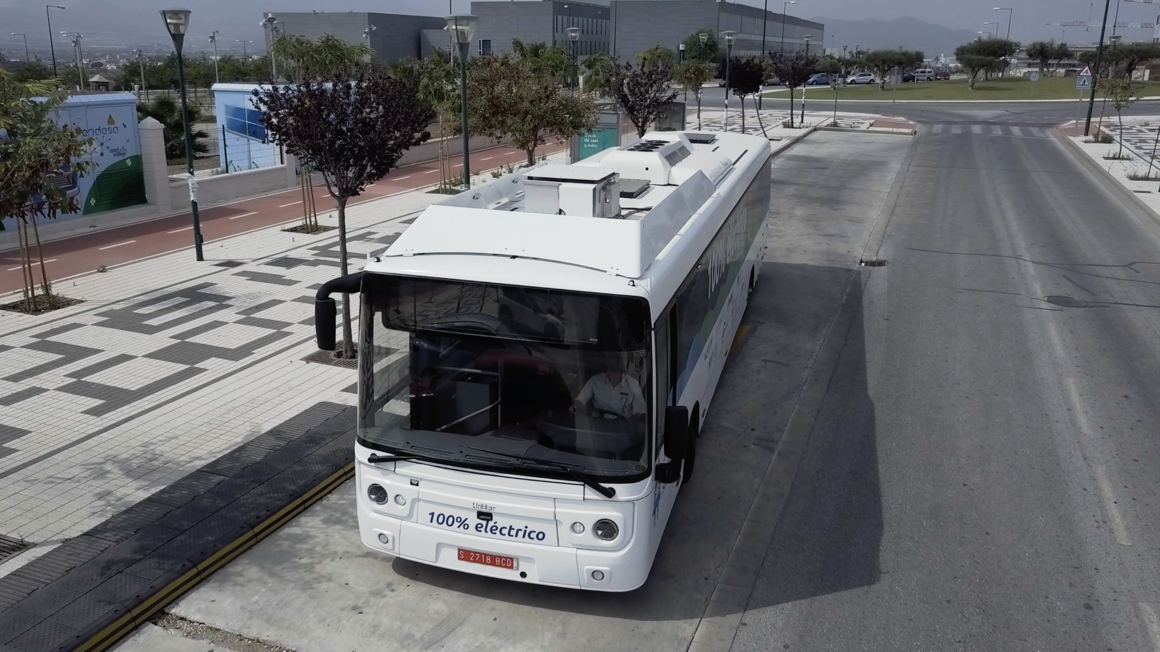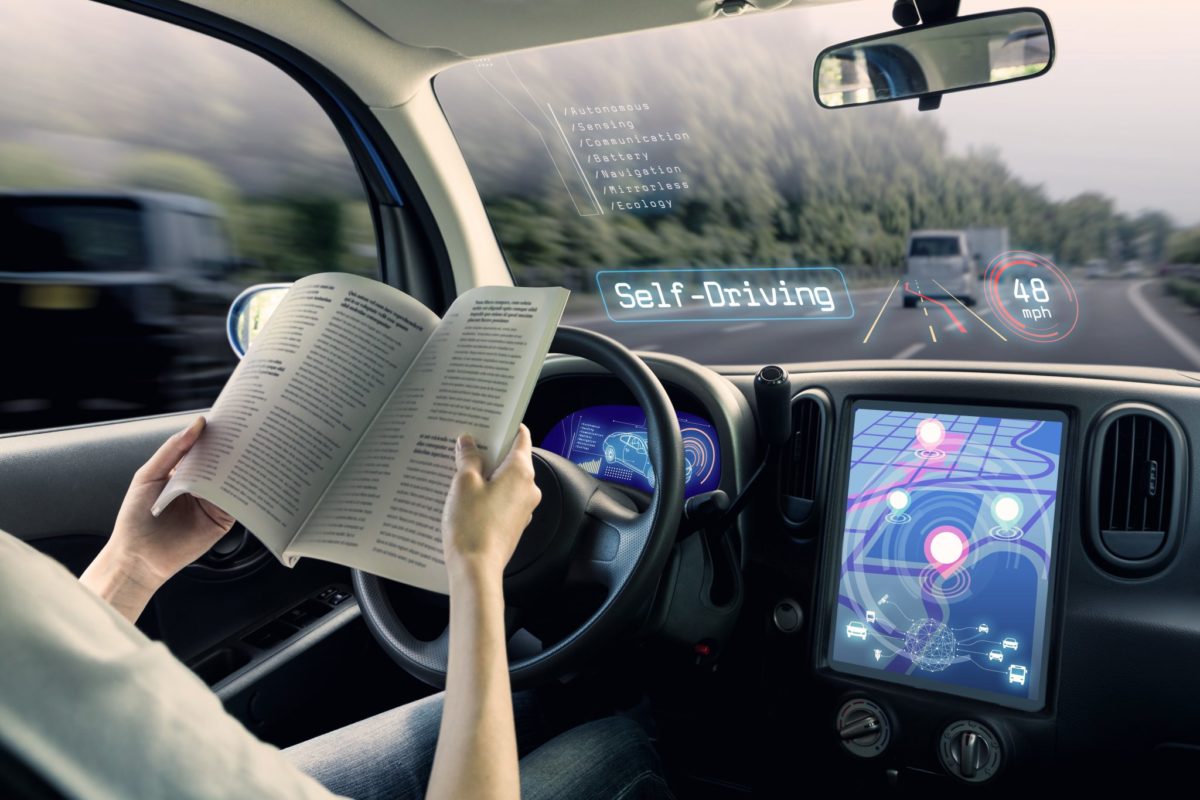E-buses are one of the many ways the vehicle industry is trying to help save the planet. However, these come with several inconveniences. Up until now, the only way to charge e-buses is in parking spots, limiting the vehicle’s autonomy. Additionally, the e-vehicles need to install batteries, which add around 3 tons to the average 12 buses usually have and occupy space which could otherwise be filled by the travellers.
However, Alstom is currently working on improving this by developing another major technological advancement towards a sustainable world: recharging systems in the ground. Alstom is a promoter of sustainability mobility which develops and markets systems, equipment and services for the transport sector (Alstom, 2019). Recently it presented in Malaga, Spain a prototype of SRS for e-buses operating at a bus stop in front of the University of Malaga.
Without passengers noticing, the e-buses make use of the final stop to charge its batteries. On the ground of the bus stop, there are three plates which link to three arms from the bus that descend when the bus arrives at the stop. Through that contact, the bus charges fast, silently, and invisible in 2 – 5 minutes, offering autonomy to the vehicle without delaying the time of the journey.
This system brings many benefits; for example, it does not disrupt the rest of the vehicles travelling, nor the landscape, as it is built underground. Additionally, the system brings very low energy expenditure, safety and speed to load the bus. As soon as the bus arrives, radio communication activates the device.
The key to this technology is using a lot of energy in very little time. It can still be improved; in 2 months Alstom is expecting to have the first results of the project.
In fact, similar technology is already in place for trams; now it’s buses; the next step will be cars. What if garages had this system: private and public?
Technology has a lot to offer and can be used to improve almost everything. The challenge is to be able to use it for a good purpose. Alstom has been able to provide beneficial use of technology by using it to save the environment, which is currently in big danger.
What do you think about this initiative; will it be successful?
———
Alstom. (2019). About Alstom. [online] Available at: https://www.alstom.com/ [Accessed 6 Oct. 2019].
Alstom. (2019). Alstom presents SRS ground-based recharging system for electric buses. [online] Available at: https://www.alstom.com/press-releases-news/2019/9/alstom-presents-srs-ground-based-recharging-system-electric-buses [Accessed 6 Oct. 2019].
Sánchez, N. (2019). Málaga prueba un sistema de recarga de autobuses eléctricos desde el suelo. [online] EL PAÍS. Available at: https://elpais.com/tecnologia/2019/09/25/actualidad/1569433009_234547.html [Accessed 6 Oct. 2019].


